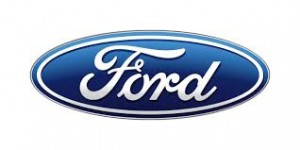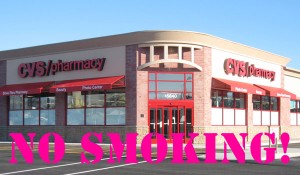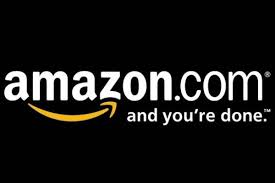Recently, Ford Motor Company has a announced they are putting a greater focus on their SUV and crossover cars to prepare for the future. You might ask, why? Well according to forecasts by IHS Automotive, one in five cars sold around the world annually in 2018 will be either a SUV or crossover. There is about 14 million vehicles sold world wide annually and a specific model taking up 20% of an entire market is a very large number.
Now after reading this article, I almost felt like I was ready the weekly courier, and analyzing the market conditions report from our simulation. Its really remarkable how this article pertains to the methods and leanings of the game we played in class.
Ford’s SUV and crossover sales were up 37%, which also outpaced the industry increase of 17%. This is exactly what we tracked in the statistics segment of the segment analysis. Ford is clearly putting a focus on a specific segment of the market, or in our game “product type.” The amount of models of SUVs and crossovers has risen from 180 to 370 from 2000 to the current day. This market is becoming very competitive and in the simulation we would have to go into R&D and tweak our product to become better and have an edge. We would also encounter situations where we would have to buy more capacity in our plant to account for higher demand. Ford is doing exactly this. The article states, “…Where it is spending $700 million to expand.” Ford has announced it will continue producing their crossover product, The “Edge”, and expand its production capacity by spending $700 million dollars in Oakville, Ontario where the car is produced. Ford ships this model to over 60 countries, which obviously can be concluded the demand is very high. This scenario right here is exactly like the decisions we had to make within the simulation, adjusting capacity to meet demand and forecasts, along with the segment demand fluctuations.
Just to show exactly how intense this increase in market demand for these SUV’s and midsized crossover is, utility cars sales grew 10% and crossover sales grew 16% last year totaling about 2.2 million units…but that’s just in North America! In 2000 1.8 million units of utility vehicles were sold outside North America, today that number is now 10 million!
Obviously the future of the automotive industry is leaning in a specific direction. I think it is very interesting to see how Ford Motor Company is planning all of this now, and how closely this scenario relates to our simulation. How do you think this market preference for SUV’s and crossovers will affect the industry as a whole? Do you think this will create entry points for new automotive companies? What do you think will happen to all the inventory of the less preferred sedan and cope model type of cars?
Article Source: http://www.usatoday.com/story/money/cars/2014/02/16/ford-world-suv-shift-from-cars/5497343/
-Evan Meador


